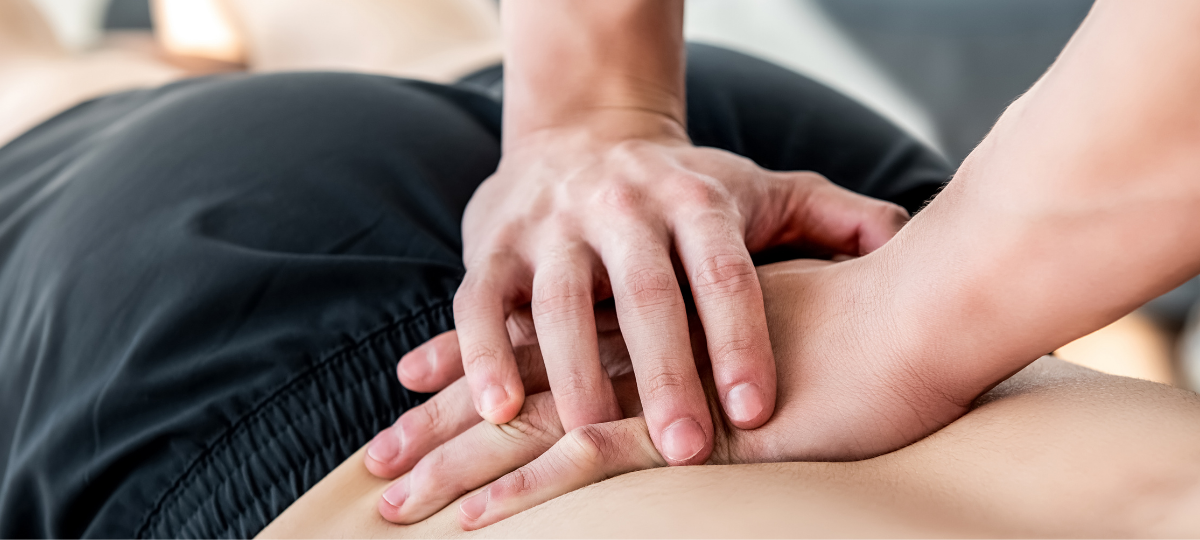Continuing Education
Massage Therapy Research CE
Research literacy helps you market your massage practice to clients and health care professionals.
Is sham massage as effective as Swedish massage for enhancing athletic performance or recovery?
By Martha Brown Menard, Ph.D., LMT, May 1, 2021

Does classic Swedish massage offer any physiological or psychological benefit in enhancing athletic recovery compared to a sham massage?
Massage therapy is widely used among those engaging in physical activity but has not been studied as extensively as other interventions used to promote recovery or enhance performance. Previous research has shown that massage has both physiological and psychological benefits for athletes. The mechanisms by which massage produces its effects have both specific and nonspecific aspects, and beliefs and expectations also play a role in individual responses to massage.
This Spanish pilot study conducted at the University of Valencia compared the classic Swedish massage techniques to a sham massage consisting of light touch.
A single-blind randomized trial design was used and followed the Consolidated Standards of Reporting Trials (CONSORT) statement on randomized trials of nonpharmacological treatments. Twenty participants, consisting of male and female amateur athletes aged 17 to 30 years old, were recruited from two local athletic clubs. Exclusion criteria were: previous surgery in lower limbs; musculoskeletal injuries in any part of the body that prevent practicing sports; understanding or communication difficulties; or insufficient fluency in the Spanish language to follow study instructions.
Participants were randomly assigned to the intervention group, who received classic Swedish massage, or the control group, who received a sham massage consisting of light touch over the same areas of the body. There were equal numbers of participants in each group (10 per group). The data collector and data analyst were blinded as to group assignment. The intervention period was one month, with participants receiving one session per week.
The massage and control interventions were performed by a physiotherapist trained in sports massage. The massage intervention consisted of five minutes of effleurage, 10 minutes of petrissage, and five minutes of tapotement for a total of 20 minutes on each leg, covering the quadriceps, hamstring and gastrocnemius, using a strong and deep pressure (5 on the Walton scale).
The control group received an intervention at the same time as the massage group for the same amount of time using only light touch without exerting any mechanical or deformative pressure, equivalent to 1 on the Walton scale, which is a light lotioning pressure. All interventions were given immediately following participants’ usual athletic training sessions.
Outcome measures were divided into primary and secondary. Primary measures included hip flexion, as measured by the Hopper passive straight leg raise (SLR) and using the average of three trials from each leg, and knee extension, as measured by the Hopper passive knee extension procedure and, again, with the average of three trials from each leg. Secondary outcomes were psychosocial variables, measured by the Spanish version of the Profile of Mood States (POMS), a well-known and widely used health care measure. It is a 48-item scale that assesses six different moods: anger, depression, tension, fatigue, vigor and friendliness. All outcome measures were given twice—once at baseline and then one day after finishing the intervention period.
Demographically, the two groups were equivalent in terms of age and gender. In terms of baseline measures, no significant differences were found on the physiological variables. However, the control group scored significantly higher on the POMS at baseline compared to the massage group.
In the massage group, there were statistically significant differences in hip flexion (p = .005, d = .23) and knee extension (p = .002, d = .19) before and after the massage intervention. A similar trend was observed within the control group, but it did not reach statistical significance. For the POMS, both groups showed a small improvement, but this difference was only significant in the control group, due to their higher score at baseline.
This is a well- designed pilot study using the CONSORT reporting standards for nondrug interventions, particularly in regard to the efforts taken to blind the data. However, the small sample size and less than adequate statistical power means that any results should be interpreted cautiously, due to the increased risk of Type I error from the multiple statistical comparisons. Additional research would help to confirm these findings.
While modest, these results are consistent with previous research on massage and light touch, and support the idea that both classic Swedish massage techniques and light touch massage offer physiological and psychological benefits for physically active clients.